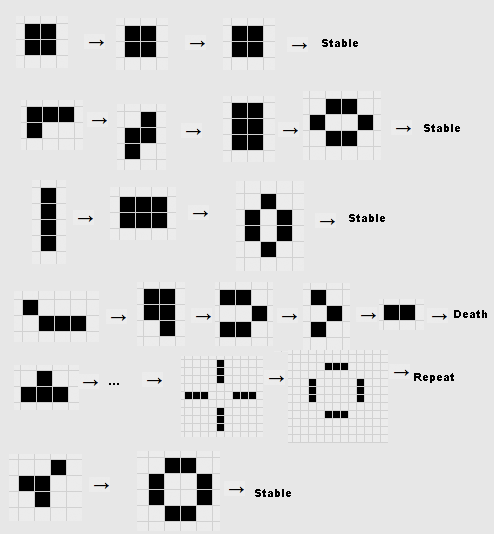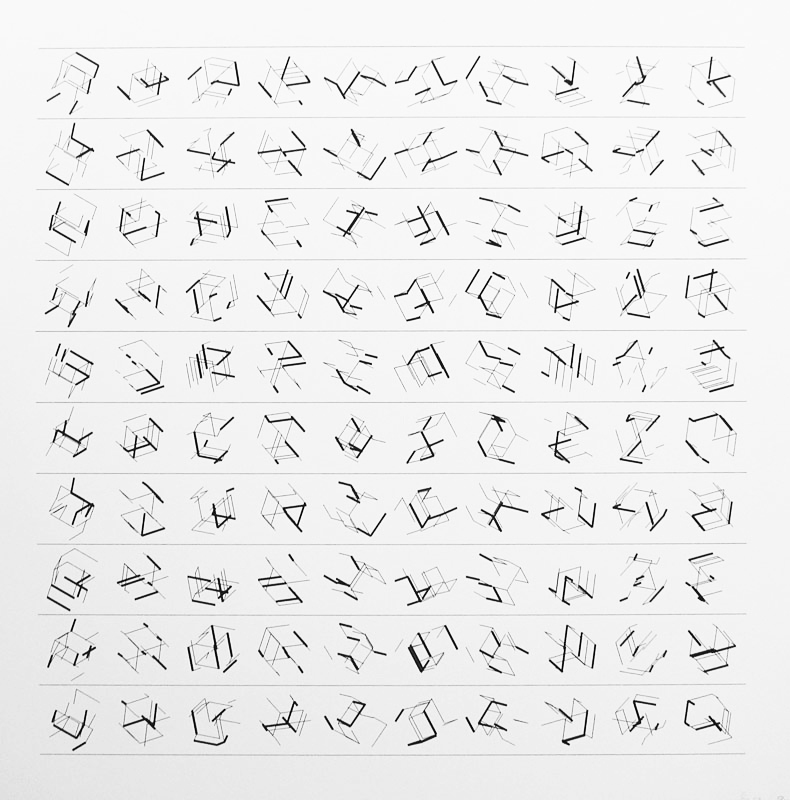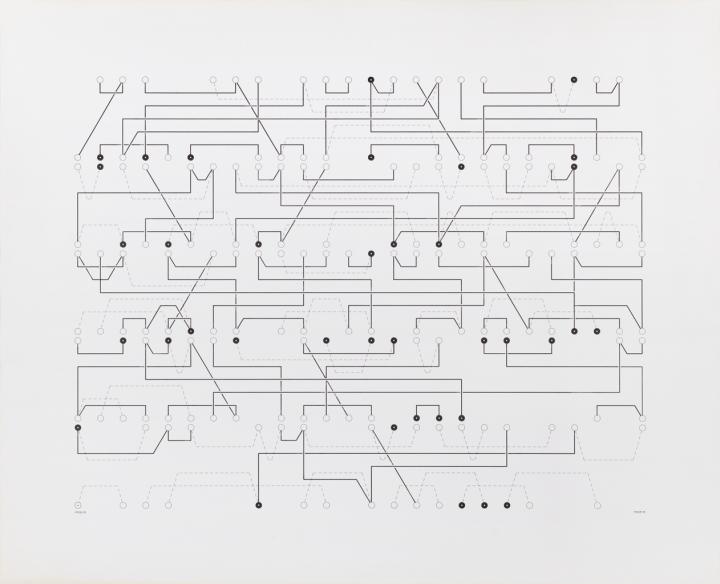Overview
The history and variety of digital art are studied in this post. This study was important to understand the potential for integrating digital processes and tools into my project. In my art practice to date I have avoided getting too embroiled with computer art as I’m fully aware of how time-consuming, frustrating and most importantly, scientific, it can become. I’m cautious about letting the computer run riot over my work with my hand being lost in the process. But powerful tools exist to assist the artist so this study is very worthwhile.
To start with, I ponder whether any artist who uses a computer as part of their art-making process is a digital artist. Not true. Surely the final outcome being presented in a digital form dictates the artist as being digital? This is certainly the case for audio and video artists but 2D digital artists create their art on a computer and present it in a physical form, probably printed. So we arrive at a definition of digital art being art that is made or presented using digital technology.
I have read that the art world has not fully embraced, or confronted the information age. When I think about it, I’ve not come across many artists creating software for making art or mining big data for artistic outcomes. But this is an area of enormous potential that I’ve explored myself as it casts a light on our day to day reality of dealing with the information that mediates and controls our lives.
Many digital artists that I have come across deal with this by adopting a purposeful retro aesthetic to distinguish their work as art, rather than being a poor cousin to that made by professional developers. I think this works well when the artist is dealing with a historical narrative but maybe they are limited by skill or willingness to push things further. But this study will look at the origins, types and cutting edge of digital art.
Early pioneers
The term digital art was conceived in the 1980s when a robotic plotter was developed by Harold Cohen. Cohen and most other early innovators were computer engineers and looking at the work below it was purely exploratory and driven by the manipulation of abstract algorithms.

Andy Warhol experimented with digital art on a Commodore Amiga in 1985. In contrast to Cohen, Warhol was able to paint with pixels so he was assuming more control over the outcome.

The early examples above are both works of art but one is by an engineer and the other a world-renowned artist. How does this make us feel about the individual images? Coming to these works blind I appreciate them both equally but with more knowledge about their production, I feel differently. One artist has created an algorithm that has moved a plotter and the other has manipulated a stylus on the screen. A computer is a tool for both that needs the human brain to add creativity. An interesting thought that we will return to.
Generative art
An area of personal interest is generative art which has its roots in Dada and has several characteristics:
- Randomness – the art should be different each time the generation script is run.
- Algorithms – creates rules that respond to the randomness to visually create the art.
- Geometry – most generative art involves the creation of shapes.
- Interaction – some generative art can be manipulated by a viewer in real time.
The Game of Life is the most iconic representation of generative art, which was invented by Cambridge mathematician John Conway in 1970 and I played with fascination on a ZX81 in, believe it or not, 1981. The game has basic rules the involve the birth and death of cells based on the number of neighbours a cell has. The programmer ‘seeds’ the game with a set of cells and lets the algorithm take over.
I have always found generative art fascinating in how it can create hypnotic patterns and escalating sequences of visuals. I enjoy how the computer is let loose with the lighting of binary blue touch paper. But where is the art here if the visual representation changes every time? It seems to be in the creation of the algorithm as this is the static entity that must be created by a human hand.

Manfred Mohr was another great pioneer of generative art. He had a fascination with the random generation of cubes and their variants. We can see an elegant lyricism in his work and the example below shows the morphing of a single object but it could be a new type of language. This hint of human quality in generative art is of interest as one question I’ve posed to myself is whether digital art can be made to look natural and organic. I think Mohr’s work is one step in that direction.

I like the piece below because it has musical energy about it. It could be a new type of musical notation or a coding system for language. There are certainly ideas here as to how an analogue data source could be transformed into something equally beautiful in a digital form.

Contemporary digital art
In the modern age, digital art has exploded into many forms and now surrounds us so it is hard to pick out artists who will be most relevant to my own practice. However, my project theme is based on how the digital and analogue worlds collide, overlay, interact and create new meaning so I can pull out some forms from the list below to look at in more detail on that basis.
Art game Computer art scene Computer music Crypto art Cyberarts Digital illustration Digital imaging Digital painting Digital photography Digital poetry Digital architecture Dynamic Painting Electronic music Evolutionary art Fractal art Generative art Generative music GIF art Immersion (virtual reality) Interactive art Internet art Motion graphics Music visualization Photo manipulation Pixel art Render art Software art Systems art Textures Tradigital art
Pixel art is an area of interest. I have always enjoyed the retro aesthetic of this art form. I mentioned earlier how I find that many artists purposely assume a retro aesthetic to stand apart from digital wizardry. My own project will take a historical source of analogue data so assuming a retro theme is appealing. Pixilation has an instant historical reference but I also enjoy how it blurs the past – memories fade after all so this is something to be considered.
Of most interest in my current project is when pixel art is taken back into an analogue form. Timur Zagirov created the Van Gogh portrait from wooden blocks below. The analogue pixilation on angled wooden blocks is beautiful and the careful colour rendering makes the source instantly recognisable. I can imagine the hand of the artist carefully recreating this sculpture from a digital source. There is something else at work here though. Each block on its own is meaningless and it is this specific combination that makes it work. Unlike a digital form, these blocks could be scattered quite easily. There is a sharp tension in how this piece is being held together which I think adds an extra quality to it. Something to consider indeed.

Tradigital art also sprang out from the list above. After a search, I learnt that this art form combines both traditional and computer-based techniques to create an image, hence it sounded interesting. However, it normally follows a process of taking an analogue form and manipulating it digitally, with the digital form becoming the final result. On consideration, this is pretty much the basis of all my projects so it wasn’t worthy of further study.
What is missing from the list above is Big data art. Well, I believe it deserves its own category if it is something that I have experimented with myself. A good example is the work of Baltazar Pérez who crunches huge data sets to create beautiful infographics of human activity. The example below shows the travel patterns of thousands of American citizens. The compression of big data into visual forms is fascinating and can reveal unimaginable insights into our behaviour. Data has artistic power but I return again to the theme of my project and my overriding desire to put my artistic hand firmly in view. The tools available to create data visualisations are certainly worth consideration in inspiring my analogue interpretations.

Summary
This study has confirmed that on this project digital tools are just that, equipment to use on my journey. I don’t want to lose the human connection to the analogue source I’m using as the emotion is key. Hence a physical, in your face outcome seems most pertinent. However, a reference to a digital transformation seems well worth exploring so my project might indicate that it is “made by data but not controlled by it”.